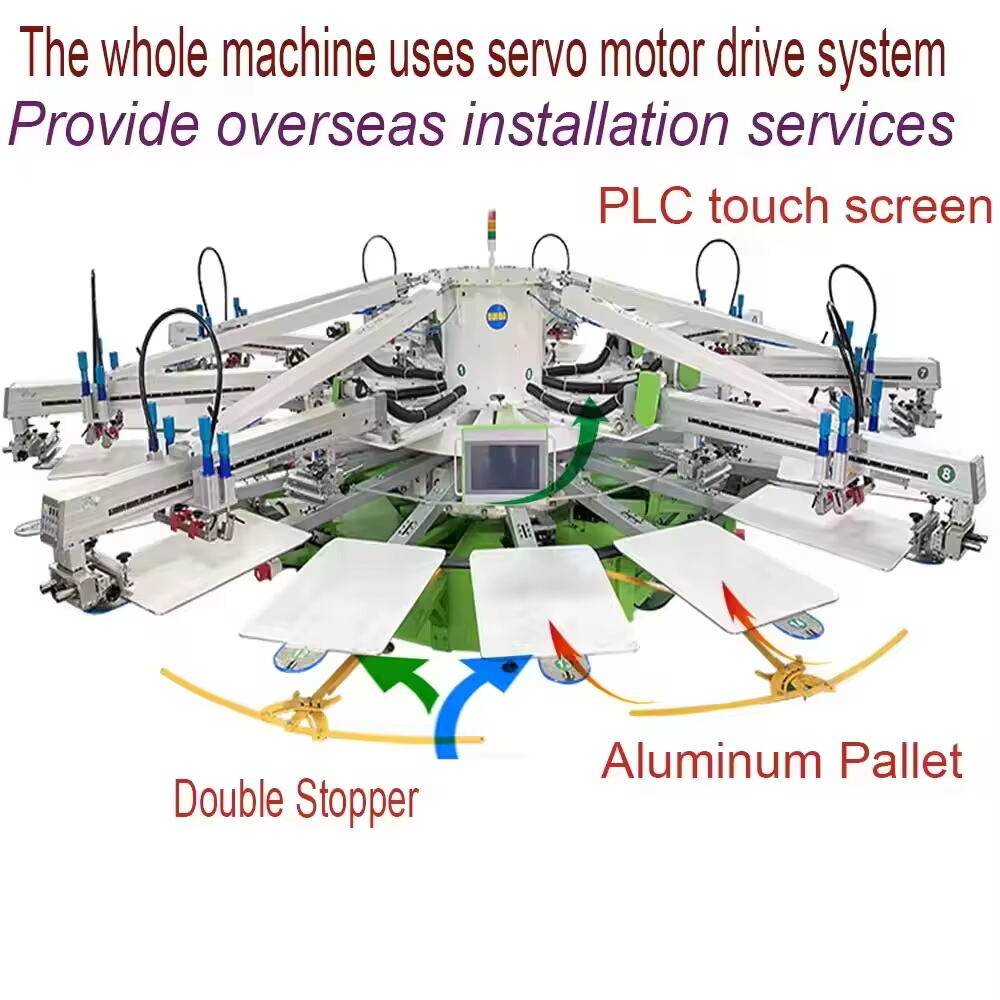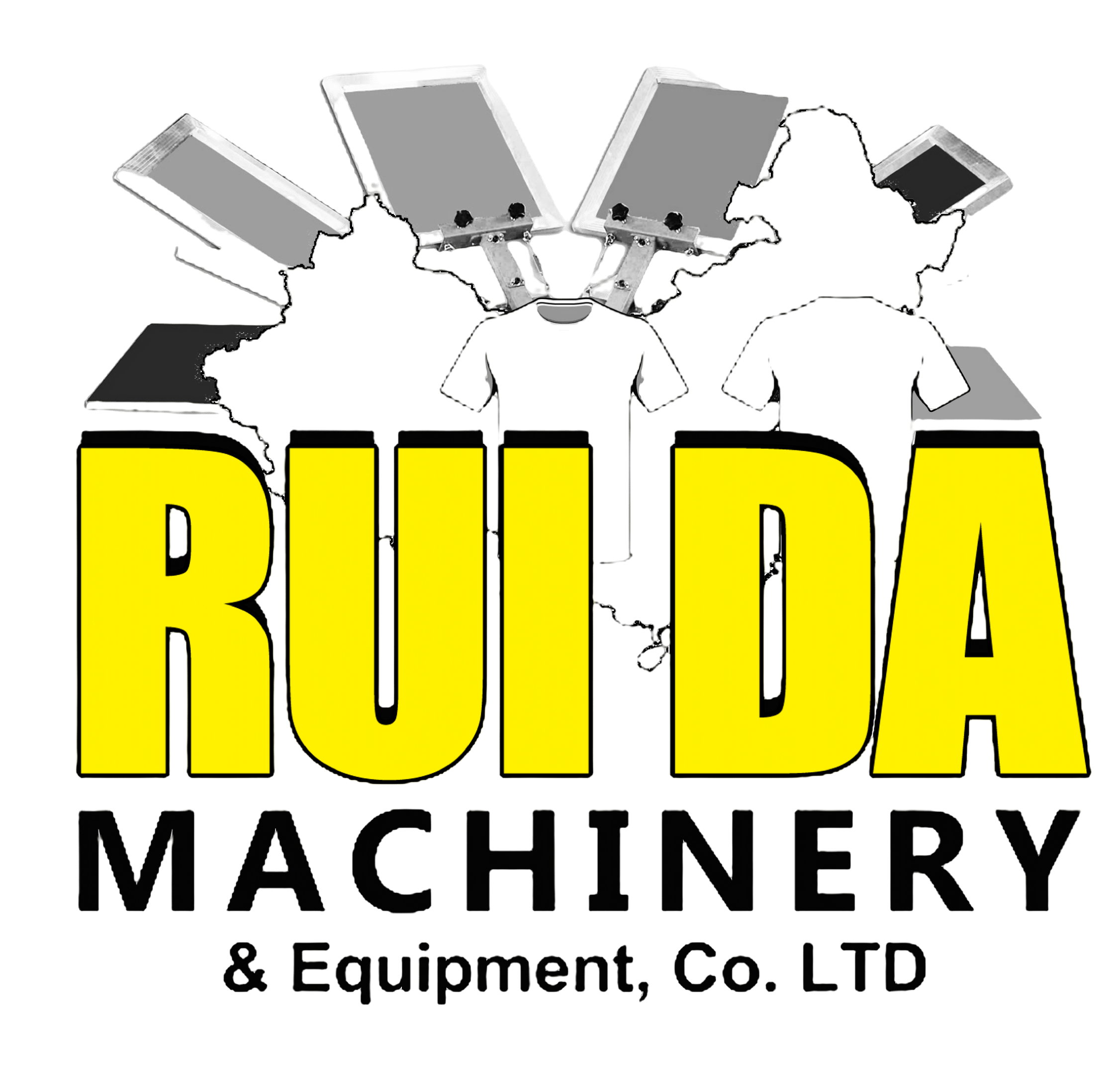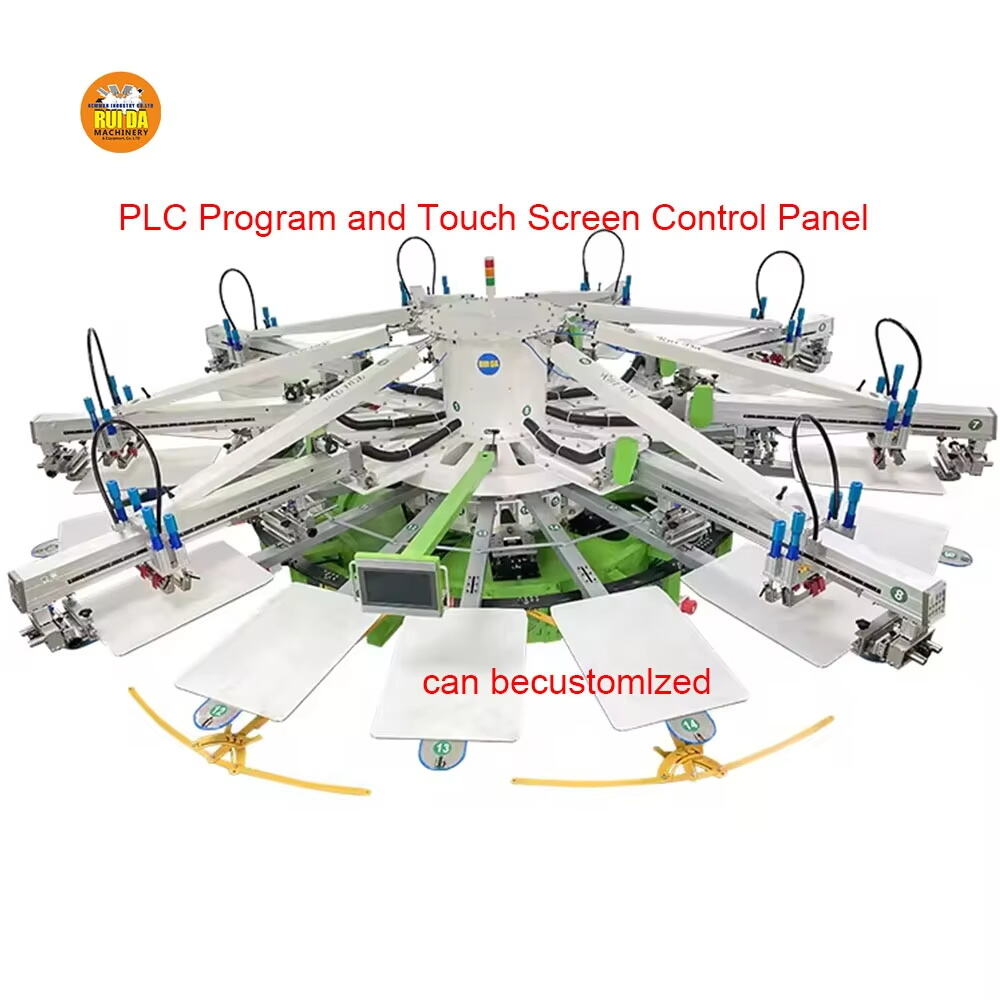A Versatile Printing Method Revolutionizing Fabric and Merchandise
In the modern print production landscape, efficiency and precision are essential. One technique that continues to evolve with technological advancements is machine serigraphy. Rooted in traditional screen printing, machine serigraphy modernizes the process by automating each step, allowing businesses and independent creators to scale up production while maintaining high-quality results. From fashion and home decor to electronics and industrial surfaces, this method proves to be one of the most adaptable printing solutions available today.
What Machine Serigraphy Actually Is
From Manual Craft to Automated Process
Machine serigraphy is a form of screen printing where machinery handles the repetitive parts of the process—coating, exposing, printing, and drying. While traditional screen printing involved hands-on work at each stage, machine serigraphy uses precision-controlled systems to streamline output, maintain consistency, and reduce human error. It’s an ideal solution for bulk printing across various surfaces and materials.
How the Core Technique Functions
At its heart, machine serigraphy involves pushing ink through a mesh stencil onto a surface. The machine holds the frame, aligns the substrate, and applies even pressure using squeegees and flood bars. Automated systems ensure accurate registration and uniform ink distribution, which is especially critical when working with intricate multi-color designs. Many machines also include built-in dryers to cure the ink instantly, speeding up the production process significantly.

Why Businesses Prefer Machine Serigraphy
Scalability for Large and Small Operations
One of the primary reasons businesses adopt machine serigraphy is its scalability. Whether you're producing 100 or 10,000 units, automated screen printing systems can handle volume with ease. Machines can be programmed to replicate the same design hundreds of times without degrading image quality or detail. This consistency is critical in industries like apparel manufacturing, promotional products, and packaging.
Cost-Effective in the Long Term
Although initial setup costs for machine serigraphy may be higher than manual methods, the long-term benefits far outweigh the investment. Automated machines reduce labor costs, minimize ink waste, and improve throughput. For businesses with growing customer bases or wholesale demands, the efficiency of machine serigraphy translates into increased profitability and quicker turnaround times.
Applications of Machine Serigraphy in Various Industries
Textile and Apparel Printing
The most common use of machine serigraphy is in clothing and textile design. From custom t-shirts and hoodies to high-volume fashion runs, this printing method delivers vibrant, durable prints that withstand repeated washing. Machine serigraphy is particularly effective on cotton, polyester blends, and other fabric types, making it a versatile choice for garment decorators.
Printing on Rigid and Non-Textile Surfaces
Beyond clothing, machine serigraphy can be used to print on metal, glass, ceramics, wood, and plastic. Industries such as automotive, electronics, and signage rely on this method for product branding, labeling, and component decoration. With proper setup, machines can be adapted to print on curved or uneven surfaces as well.
The Tools and Components Involved
Types of Serigraphy Machines
There are various types of serigraphy machines suited for different applications. Flatbed machines are popular for textiles and flat objects, while cylindrical machines are ideal for bottles and containers. Rotary serigraphy systems combine high speed with flexibility, making them a favorite in high-throughput environments. Selecting the right model depends on the nature of your product and the production scale.
Essential Materials and Accessories
To operate a machine serigraphy setup, you'll need a reliable mesh screen, stencil materials (such as emulsions), high-quality inks, and compatible substrates. Other necessary components include squeegees, flood bars, registration systems, and curing equipment. Many setups also include flash dryers or UV curing units to speed up drying time and increase productivity.
Key Benefits of Machine Serigraphy for Creative Professionals
Consistent Output and Design Reproduction
For designers and entrepreneurs, machine serigraphy provides peace of mind. The automated process ensures that each print matches the last with exceptional accuracy. This level of repeatability is vital for branding consistency, especially when fulfilling orders for retailers, clients, or resellers.
Greater Design Freedom with Complex Graphics
Machine serigraphy excels at handling detailed and multi-layered artwork. The precise control over each color pass makes it easier to work with halftones, gradients, and photographic effects. Advanced registration features allow you to align layers perfectly, giving you the freedom to create dynamic and intricate designs with ease.
Environmental Considerations and Sustainability
Eco-Friendly Ink and Screen Choices
Many machine serigraphy operators are now choosing water-based or soy-based inks, which are safer for both workers and the environment. Reusable screens and eco-conscious cleaning solutions also help reduce the ecological footprint of the process. By investing in environmentally friendly practices, businesses can align with green values while still benefiting from the efficiency of automation.
Reducing Waste Through Precision
Unlike manual printing, which can involve overuse of ink and high error rates, machine serigraphy minimizes waste. Automation ensures that just the right amount of ink is used for each print, and mistakes are far less frequent. This not only saves money but also conserves raw materials and reduces production runoff.
Maintenance and Troubleshooting
Keeping Machines Running Smoothly
Routine maintenance is essential to ensure your machine serigraphy setup remains efficient. This includes cleaning screens, checking alignment, and monitoring ink viscosity. Most modern machines feature digital diagnostics that alert operators to issues before they become costly problems.
Common Issues and How to Address Them
Problems such as screen clogging, misregistration, or ink bleeding can occur even in automated systems. Knowing how to troubleshoot these issues quickly is key to maintaining a smooth workflow. Many manufacturers offer training or support, and investing in preventive care can reduce downtime dramatically.
Is Machine Serigraphy Right for You?
Comparing Machine Serigraphy to Other Methods
Compared to digital printing or heat transfers, machine serigraphy offers superior durability, color saturation, and cost efficiency for large runs. While it may not be ideal for short one-off prints, it shines in environments where consistent, high-volume production is required. Its tactile, layered finish is often preferred by customers seeking a premium result.
Making the Investment Worthwhile
If you’re a growing business or creative professional looking to expand production, machine serigraphy may be a wise investment. The initial learning curve is easily offset by the long-term rewards in terms of quality, speed, and revenue potential. Before committing, it’s important to assess your typical order sizes, product types, and available workspace.
FAQ
What types of products can be printed using machine serigraphy?
Machine serigraphy can print on textiles, plastics, glass, metal, ceramics, paper, and wood. It's ideal for t-shirts, tote bags, bottles, circuit boards, and promotional items.
Is machine serigraphy suitable for small businesses?
Yes, there are compact models designed for startups and small operations. Many machines are modular and can scale with your business needs.
What kind of inks are used in machine serigraphy?
Common inks include plastisol, water-based, discharge, and specialty inks like metallic or puff. Each type has different drying requirements and visual effects.
How long does a machine serigraphy setup take to become profitable?
Profitability depends on volume and pricing, but many businesses see a return on investment within 6–12 months with consistent production.
Table of Contents
- A Versatile Printing Method Revolutionizing Fabric and Merchandise
- What Machine Serigraphy Actually Is
- Why Businesses Prefer Machine Serigraphy
- Applications of Machine Serigraphy in Various Industries
- The Tools and Components Involved
- Key Benefits of Machine Serigraphy for Creative Professionals
- Environmental Considerations and Sustainability
- Maintenance and Troubleshooting
- Is Machine Serigraphy Right for You?
- FAQ

